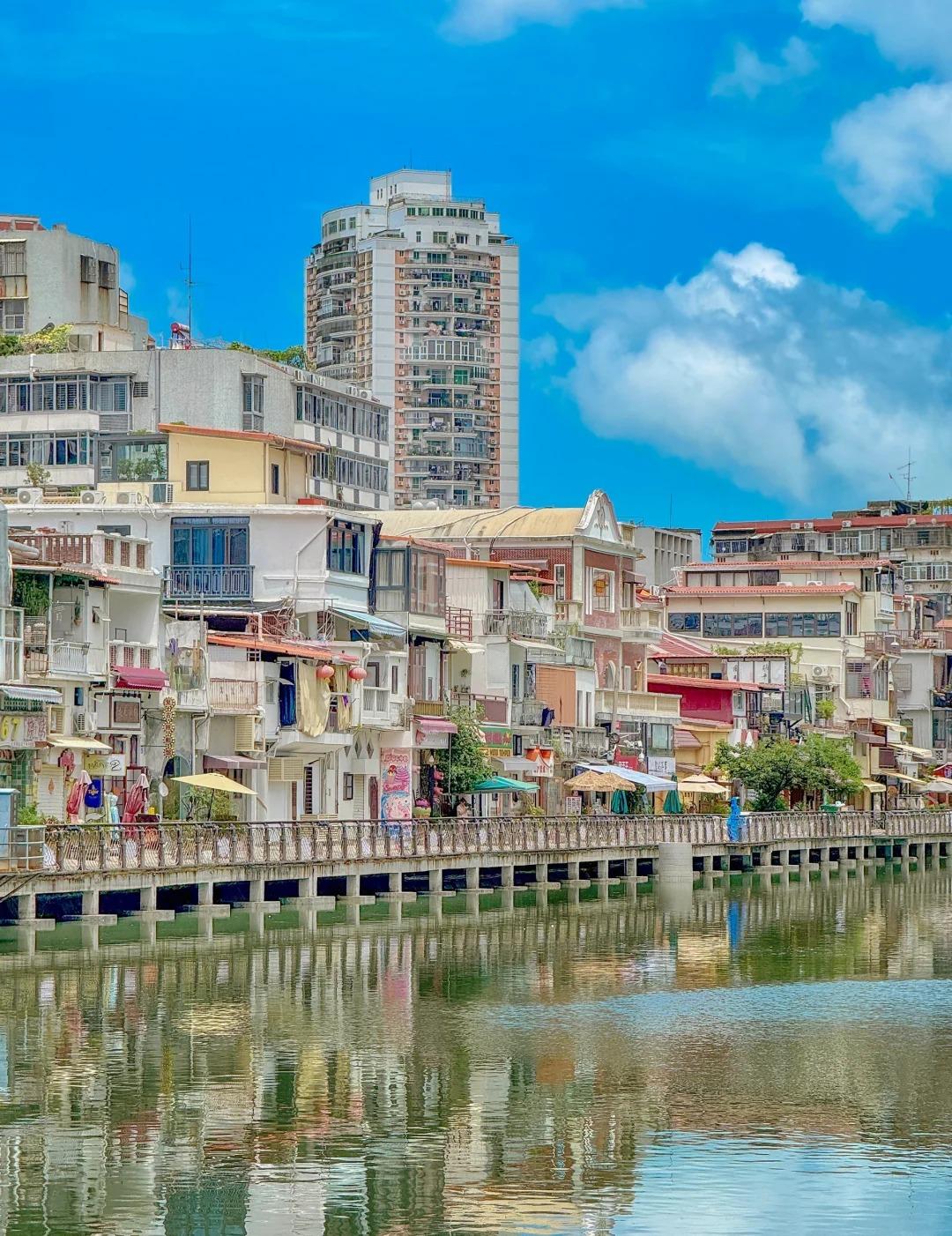Introduction
Nestled on the southeastern coast of China’s Fujian province, Amoy—now known as Xiamen—is a city that seamlessly blends rich history with modern vibrancy. Once a small fishing village, Amoy rose to prominence as a crucial port city, playing a pivotal role in China’s maritime trade. The name “Amoy” is derived from the local Hokkien dialect, while “Xiamen” is the Mandarin Chinese name that officially replaced it in the mid-20th century.
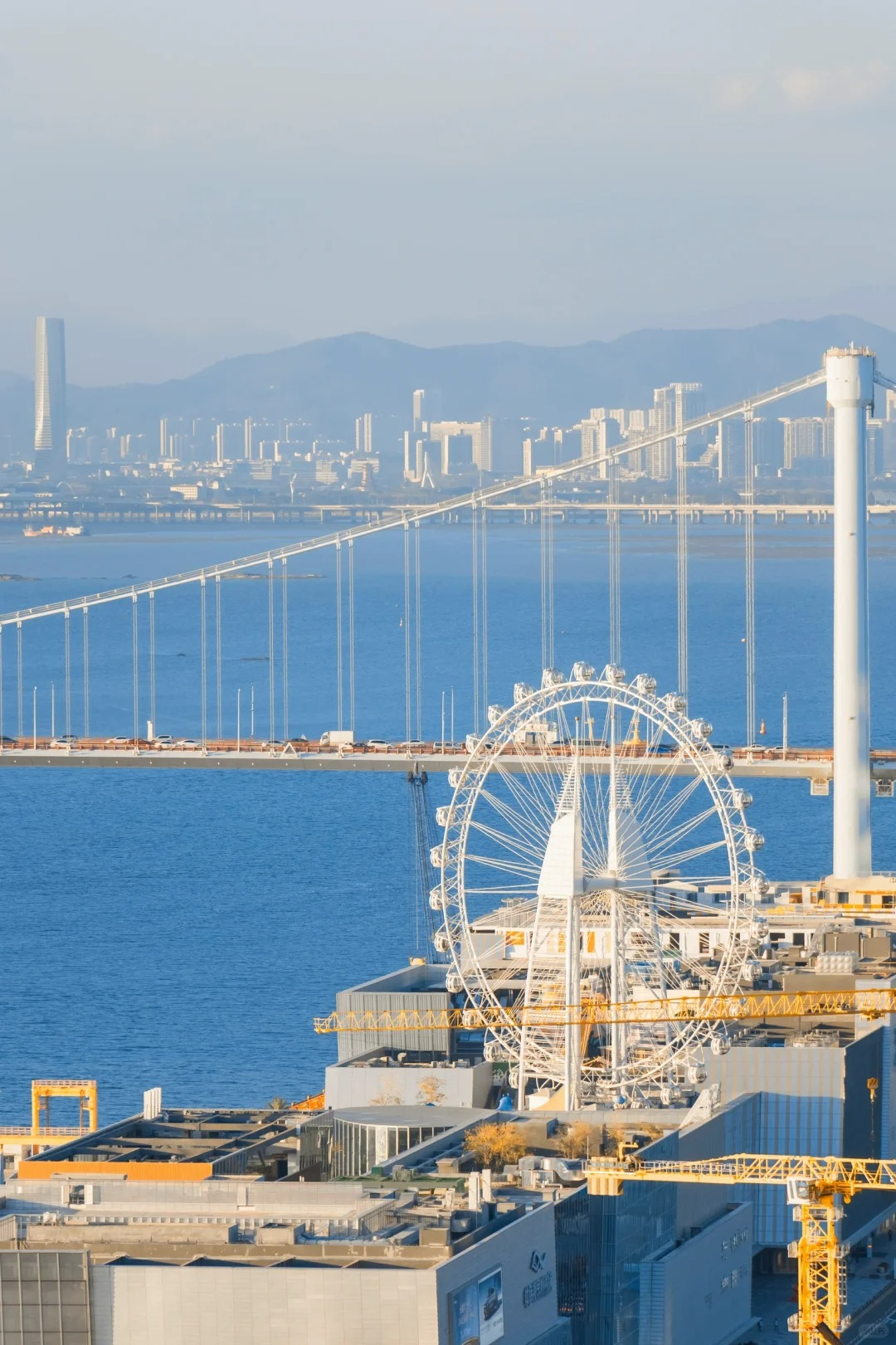
Historical Significance
Amoy’s strategic location made it a coveted prize for centuries. During the Ming and Qing dynasties, it served as a vital link in China’s maritime silk road. The city’s fate took a dramatic turn in 1842 when it became one of the five treaty ports opened to foreign trade following the First Opium War.
Notable historical events include:
- The establishment of the Amoy Dialect Mission in 1842
- The Battle of Amoy during the First Opium War
- The founding of Xiamen University in 1921 by Tan Kah Kee, an overseas Chinese philanthropist
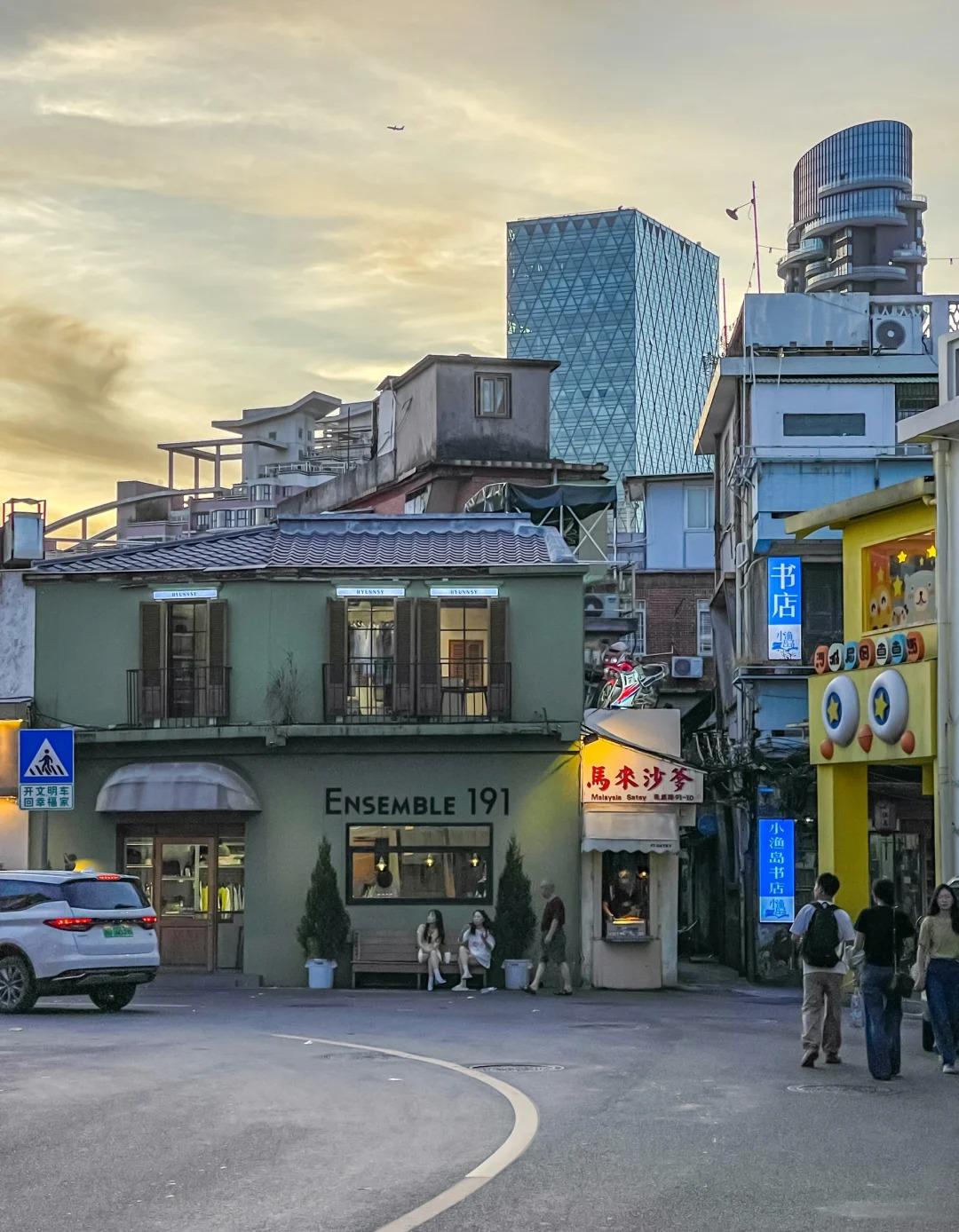
Cultural Heritage and Attractions
Gulangyu Island
This pedestrian-only island, a UNESCO World Heritage Site, is a living museum of colonial architecture and lush landscapes. Visitors can explore:
- The Shuzhuang Garden, a masterpiece of traditional Chinese gardening
- The Piano Museum, housing one of the world’s largest collections of antique keyboards
Traditional Minnan Architecture
The city preserves exquisite examples of Minnan (Southern Fujian) architecture, characterized by:
- Sweeping “swallow tail” roofs
- Intricate stone and wood carvings
- Open courtyards designed for natural ventilation
Religious Sites
| Site Name | Significance | Key Features |
|---|---|---|
| Nanputuo Temple | One of China’s most important Buddhist sites | Ancient relics, stunning sea views |
| Zengcuo’an | Former fishing village turned cultural enclave | Narrow alleys, traditional houses, artisan shops |
| South Putuo Temple | Over 1,000 years old | Grand halls, Buddhist scriptures |
Natural Beauty and Outdoor Activities
Xiamen’s coastline offers breathtaking scenery and outdoor pursuits:
- Baicheng Beach: Perfect for sunbathing and water sports
- Xiamen Botanical Garden: Home to over 6,000 plant species
- Wanshi Botanical Garden: Features a stunning array of tropical and subtropical plants
Hiking enthusiasts can explore the Xiamen National Forest Park, offering panoramic views of the city and sea.
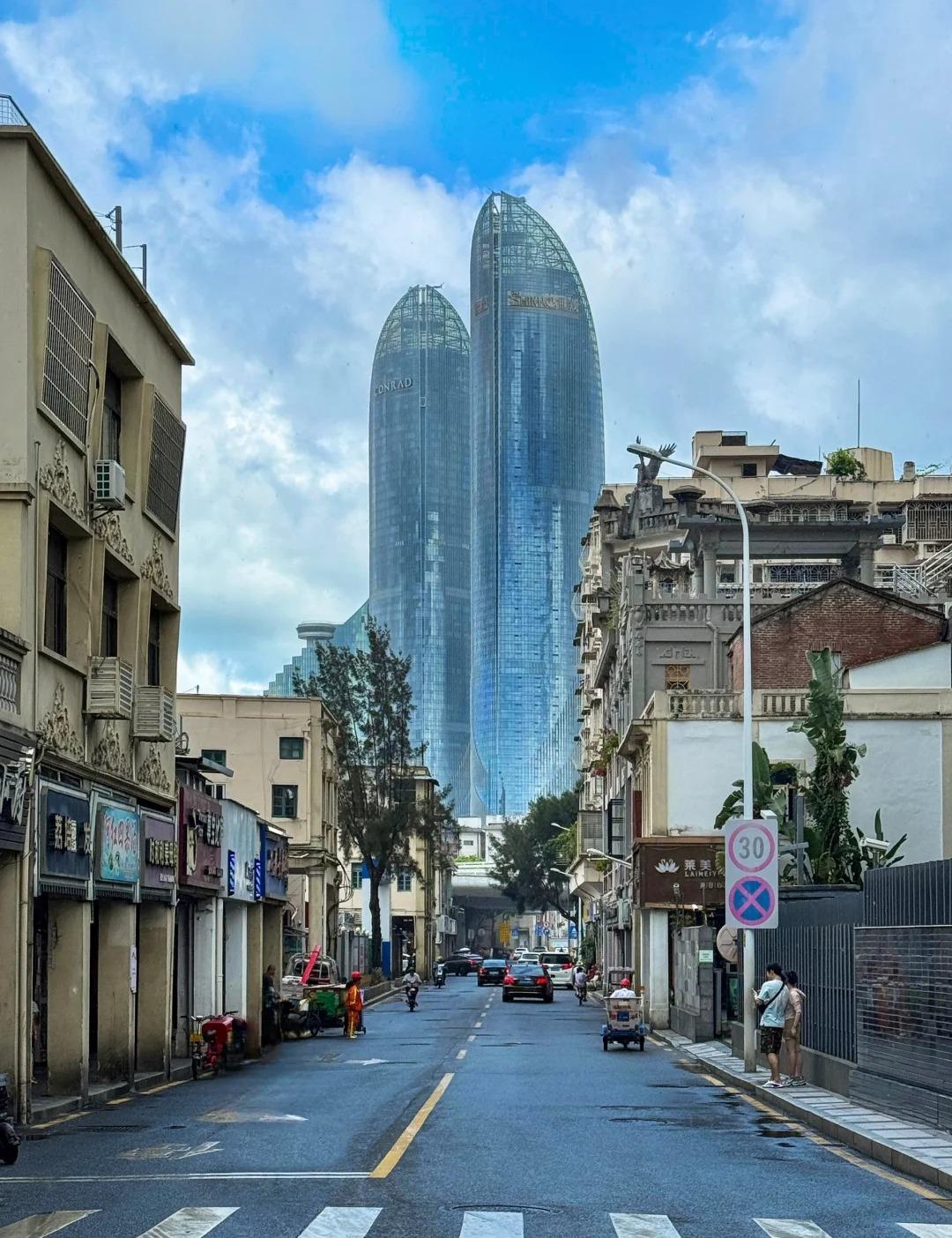
Culinary Delights
Amoy’s cuisine reflects its coastal heritage and Minnan culture:
- Oyster omelette: A local specialty combining fresh oysters with a crispy egg batter
- Shacha noodles: Noodles served with a unique sauce made from soybean oil, garlic, and dried shrimp
- Peanut soup: A sweet dessert soup believed to have medicinal properties
The city is also renowned for its tea culture, particularly Tieguanyin oolong tea from nearby Anxi County.
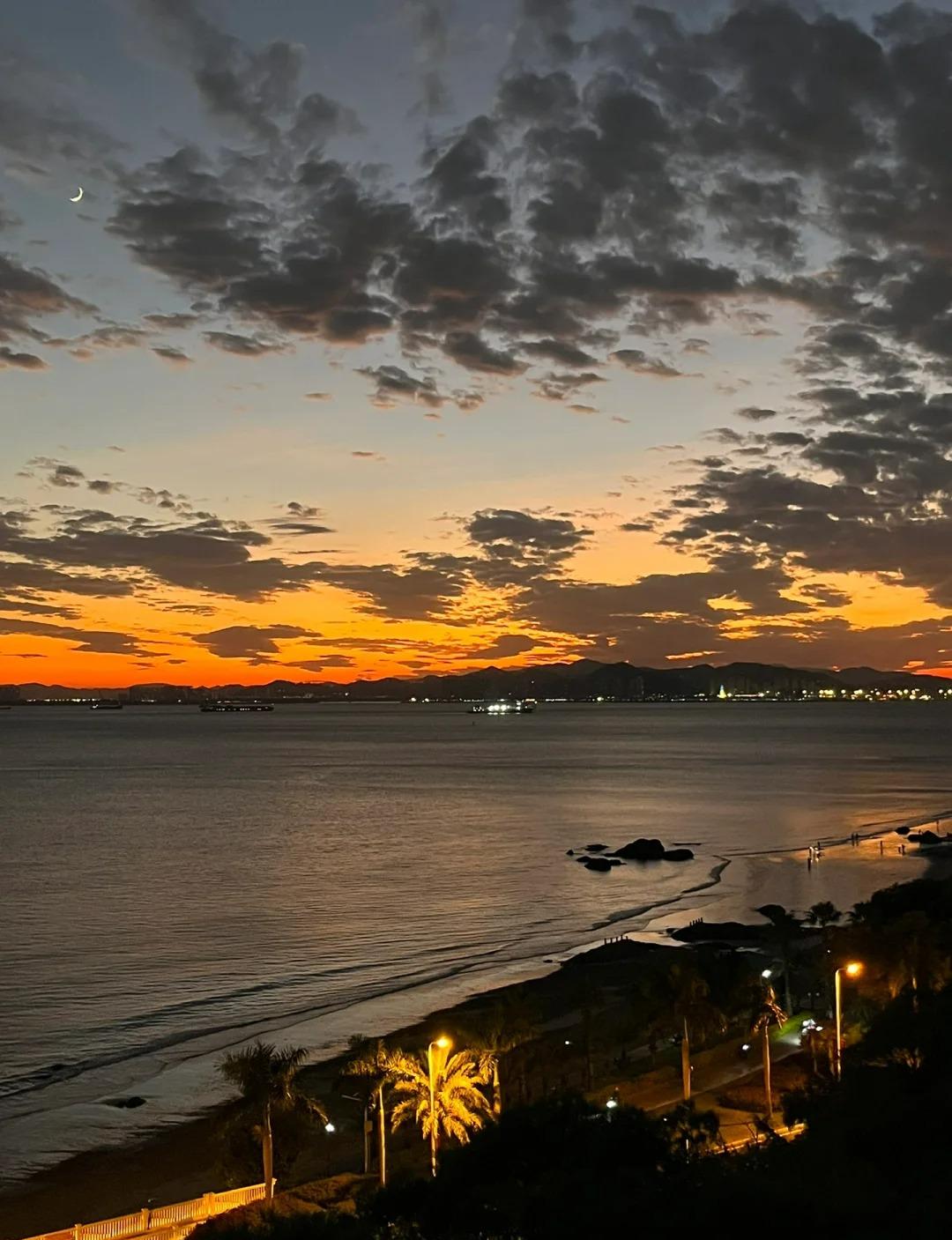
Modern Xiamen
Today’s Xiamen is a thriving metropolis:
- Economic powerhouse: Home to numerous high-tech industries and a special economic zone
- Architectural marvels: The iconic Xiamen International Conference and Exhibition Center
- Shopping and entertainment: The bustling Zhongshan Road Pedestrian Street offers a mix of modern shops and traditional buildings
Visitor’s Guide
- Best time to visit: Spring (March-May) and Autumn (September-November) offer pleasant weather
- Transportation: The BRT (Bus Rapid Transit) system and the scenic “round-the-island” road provide excellent ways to explore
- Accommodation: Options range from luxury hotels on Gulangyu to budget-friendly guesthouses in the old town
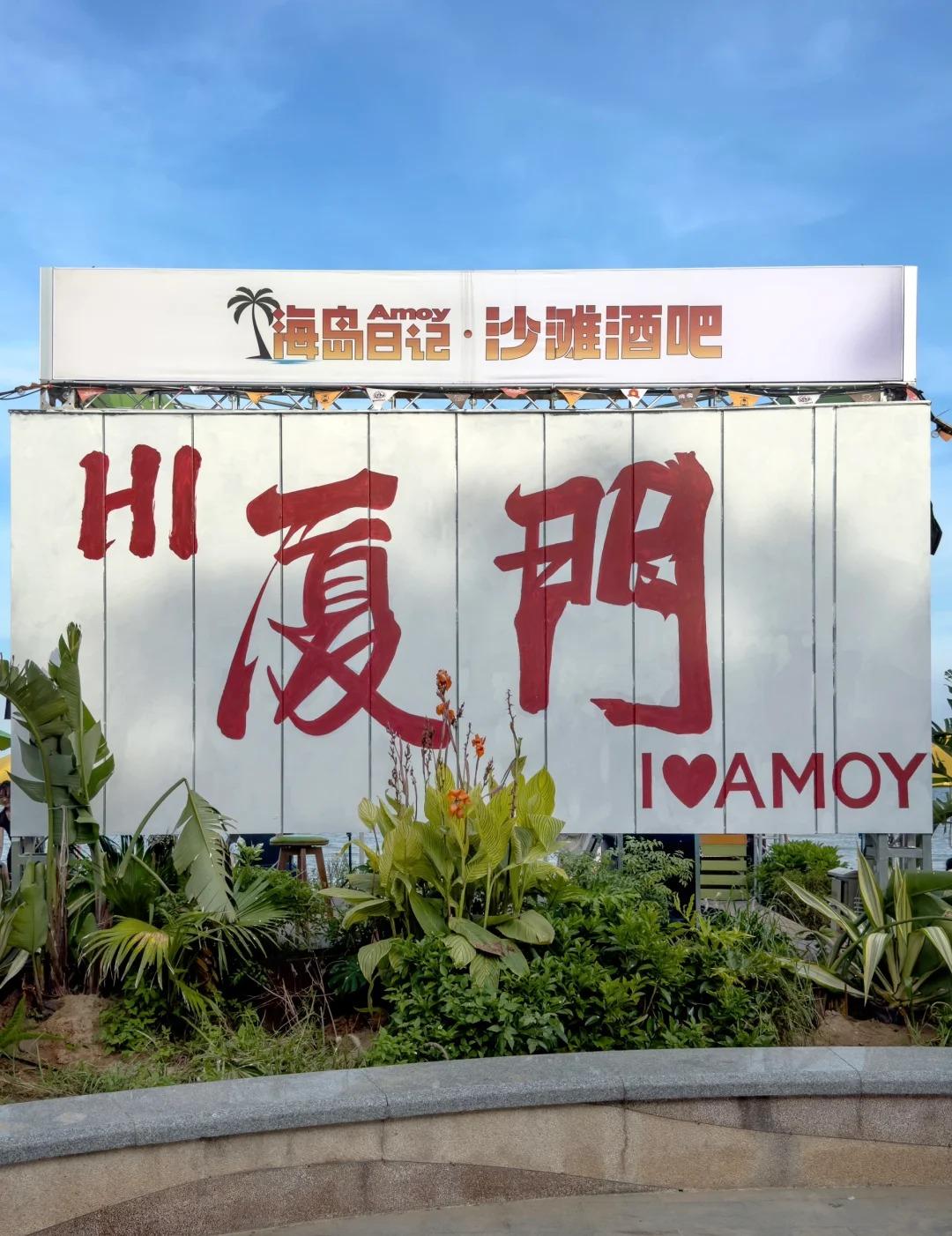
Tips for exploring:
- Purchase a Xiamen-Gulangyu Pass for discounted entry to major attractions
- Try the local coffee culture, a unique blend of traditional and Western influences
- Take a night cruise around Gulangyu for spectacular views of the illuminated cityscape
Amoy, with its rich tapestry of history, culture, and natural beauty, offers visitors a unique glimpse into China’s past while showcasing its dynamic present. From the colonial charm of Gulangyu to the bustling streets of modern Xiamen, this “Garden by the Sea” continues to captivate travelers with its timeless allure and warm hospitality.


